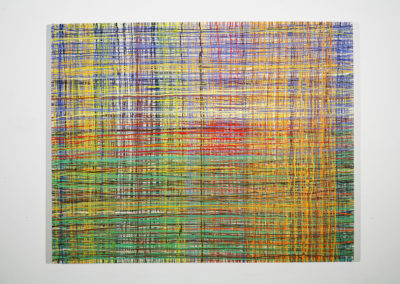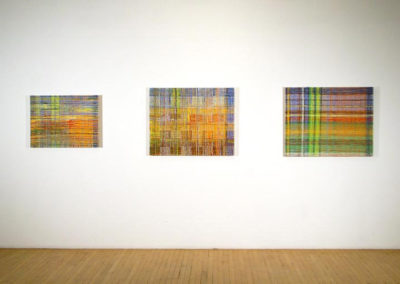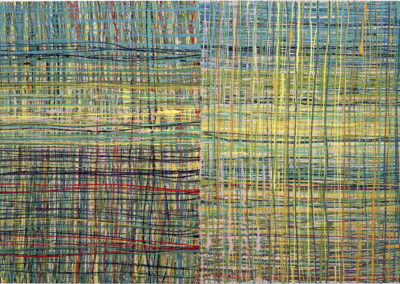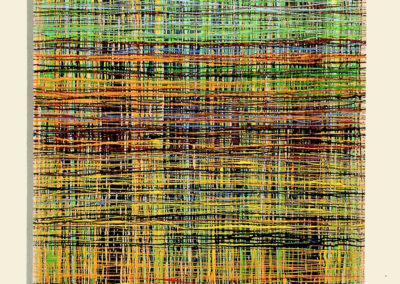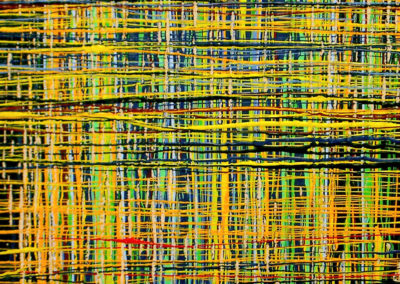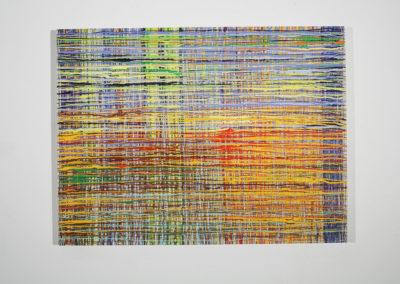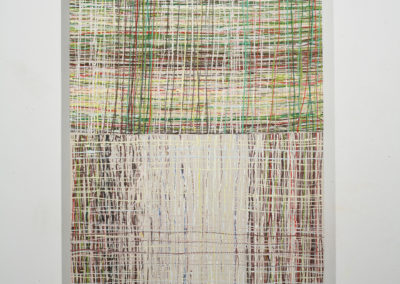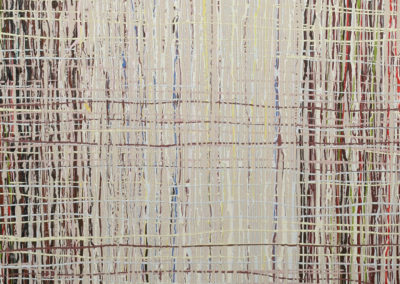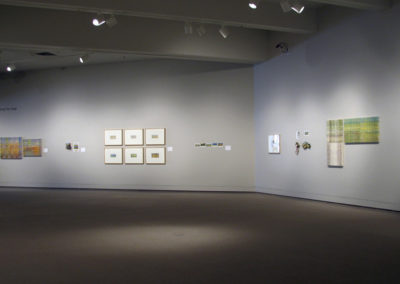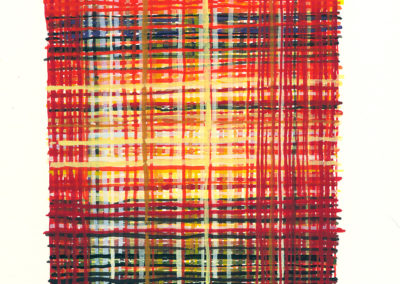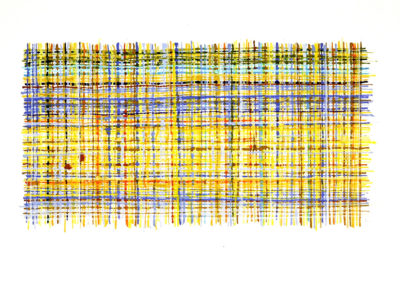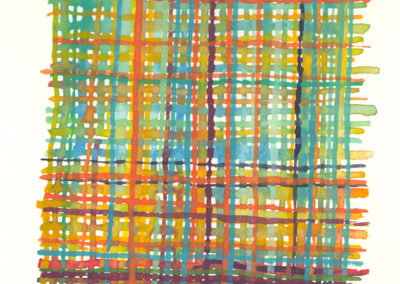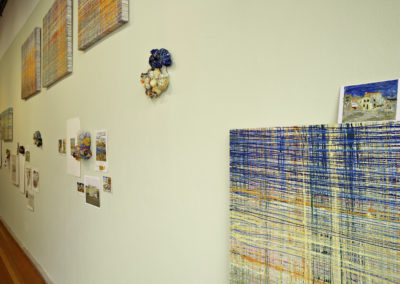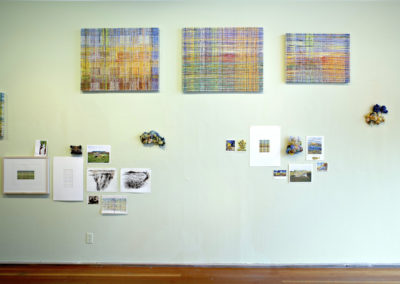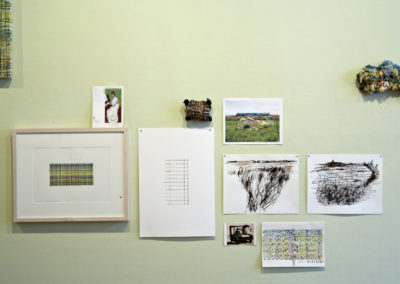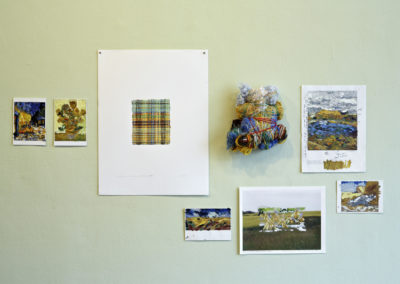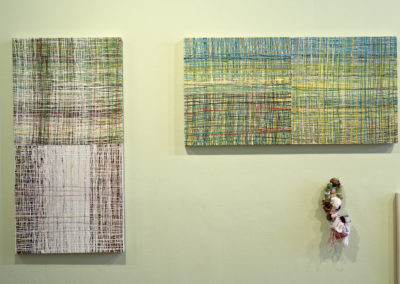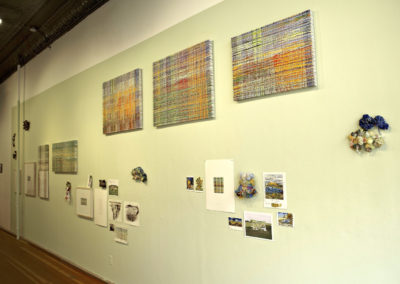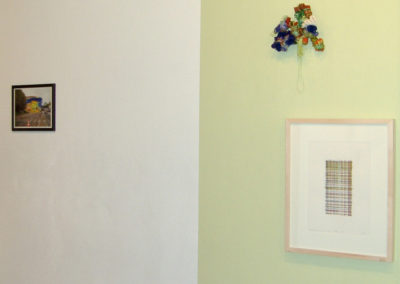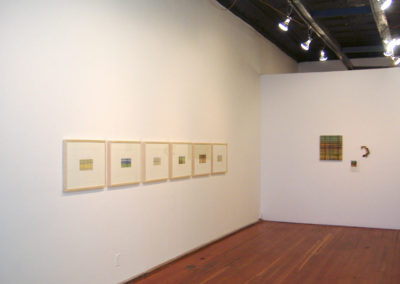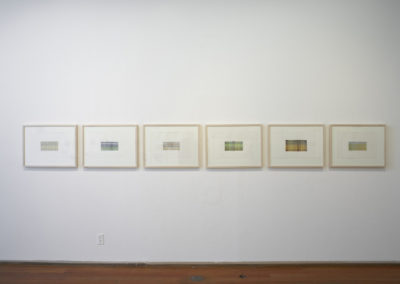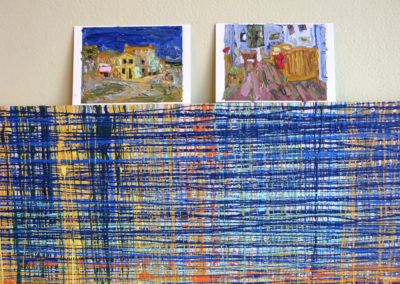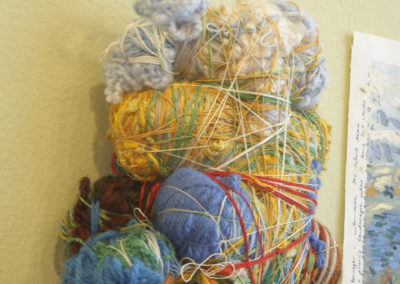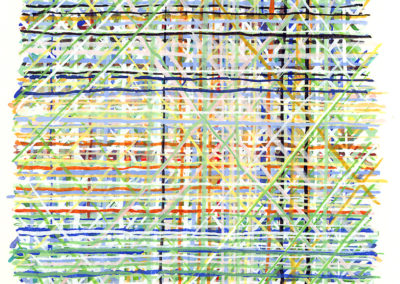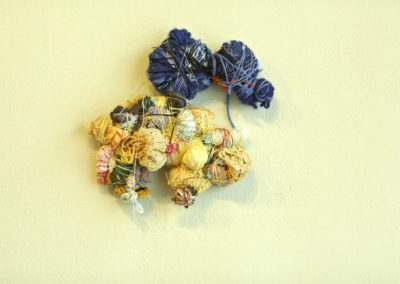Weaving van Gogh
Weaving van Gogh is an extensive body of work researched and developed over several years. It originated from reading of two scholarly texts, Van Gogh’s Progress: Utopia, Modernity, and Late-Nineteenth-Century Art by Carol Zemel (University of California Press, 1997) and Van Gogh and Gauguin by Debora Silverman (Farrar, Straus and Giroux, 2000). My work began in response to Silverman’s theory linking van Gogh’s work to weaving, but has since taken a turn in several directions. Initially, I considered the practice of weaving in relationship to painting and painting’s history. Later, I became intrigued by van Gogh’s field paintings, linking them to my own experience in the fields of the Canadian prairies and the formation of my own artistic identity. The scholarship that frames van Gogh as a socially engaged cultural worker, or a homemaker engaged in the interior decorating of his house in Arles, or a painter whose work was influenced by weaving, counters the popular notion of the artist as isolated tortured genius. For me, this genders his work differently, and creates a new point of entry to both his work and the history and practice of painting.
The drip paintings were made by dipping the handle of an artist’s paint brush into latex house paint and letting the paint fall off the end of the handle in horizontal and vertical threadlike lines, mimicking the warp and weft of weaving.
Weaving van Gogh: Bedroom in Arles
Van Gogh made three versions of Bedroom in Arles. My ‘weavings’ in paint of his three versions are identical in size to his.
Weaving van Gogh, Stride Gallery 2009
Painter on His Way to Work – three versions: Latex on Canvas, Thread, Oil on page from book
Weaving van Gogh, Stride Gallery 2009
The Yellow House, oil on postcard; Bedroom in Arles, oil on postcard; The Yellow House, latex on canvas, detail
